Monuments at Naruto Park
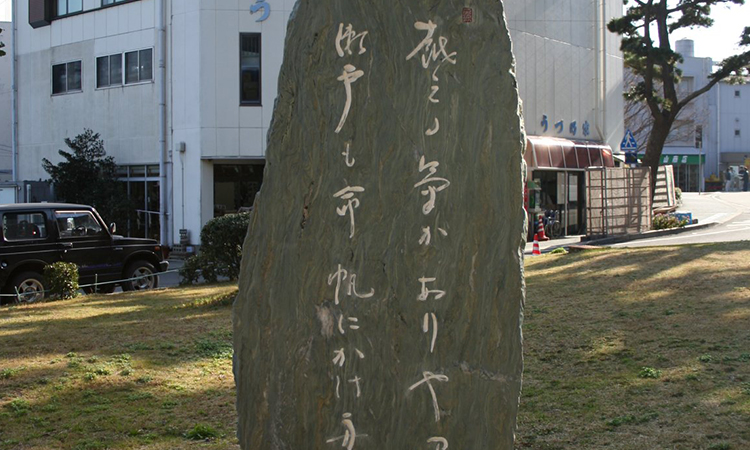
Designated as Seto Naikai National Park, Naruto Park houses various literary steles and other monuments. How about taking a walk while enjoying the magnificent view of the Naruto Strait?
①Haiku Stele of Chojin Imaeda
The line expresses Chojin’s state of mind at a tea garden:
As I listen entranced to the roars of the whirlpools from the mountaintop, I am carried off by some kind of illusion, the sense of the earth’s permanence deepening and myself becoming Mother Nature itself as I sink into self-oblivion.
[Chojin Imaeda (1894 –1982)] Born in Tokushima City, Tokushima Prefecture.
v
②Naruto Hicho Stele
Naruto Park is tied with Eiji Yoshikawa’s breakthrough novel “Naruto Hicho” (A Secret Record of Naruto). Trees such as azalea, Ubame oak, and black pine are planted around the monument.
[Eiji Yoshikawa (1892–1962)]
③Haiku Stele of Mudo Hashimoto
[Mudo Hashimoto (1903–1974)]
Born in Azumi Town, Itano District, Tokushima Prefecture. Mudo was drawn to free-verse Haiku at the age of 19, and studied under Seisensui Ogiwara. He became a member of “Soun” and pioneered Proletarian Haiku.
④Tanka Stele of Prince Komatsu Akihito
The meaning of the poem:
The rapid currents make the strait of Naruto a rough path for ships, but a ship directed by a captain with savvy mastery of the ebb and flow of the tide is sure to cross the Naruto Strait in a breeze.
[Prince Komatsu Akihito (1846–1903)] The eighth son of Prince Fushimi Kuniie.
⑤Tanka Stele of Ujo Noguchi
“Naruto Kouta” is a Tanka poem said to have been read by Ujo Noguchi who was left in awe by the whirlpools of the Naruto Strait when he stopped by Naruto during his Shikoku pilgrimage. To commemorate the 70th anniversary of Ujo Noguchi’s visit to Naruto, a Tanka stele inscribed with his handwriting was erected in 2006.
[Ujo Noguchi (1882–1945)]
Born in Ibaraki Prefecture. Said to be one of Japan’s three greatest writers of nursery rhymes. Ujo was committed to promoting folk songs and nursery rhymes, which he had done by walking across the country since the Taisho period (1912-1926). His simple, pure-hearted lyrics were widely loved and sung by the public. His iconic work includes “Nanatsu no Ko” (Seven Little Children), “Shabondama” (Soap Bubbles), and “Akai Kutsu” (Red Shoes).
⑥Poem Stele of Murao Miyamoto
The author submitted his work in a contest held by the Ministry of Education, Culture, Sports, Science and Technology in 1922, and won first prize. His work was published in a state-sponsored book for 15 years under the title “Naruto”, and was also cherished as a song for elementary school children.
[Murao Miyamoto (1892): Born in Naruto City, Tokushima Prefecture]
⑦Haiku Stele of Shuoshi Mizuhara
In “Uoshima Kiko” (Jouney in Uoshima), Shuoshi records that “with the wind that had ceased at the time, the fog that had enshrouded the strait would not budge an inch”. The area around Magosaki faces Tozaki of Awaji Island, and is the perfect scenic spot for a panoramic view of the billowing white whirlpools.
[Shuoshi Mizuhara (1892–1981)]
Born in Tokyo. Learned Haiku from Kyoshi. Member of magazine “Hototogisu” and later president of magazine “Asebi”.
⑧Haiku Steles of Brothers Hakuun Nishiyama and Hakugetsu Nomura
Both of these verses were composed when the authors visited Naruto to view the whirlpools.
[Hakuun Nishiyama (1877–1944)] Born in Hyogo Prefecture. Studied under Kyoshi after younger brother Hakugetsu Nomura’s recommendation.
[Hakugetsu Nomura (1882–1961)] Born in Hyogo Prefecture. Younger brother of Hakuun Nishiyama. Sowed the seeds of Hototogisu Haiku in the Kansai region.
⑨Song Stele of Natsuko Godai’s “Naruto Kaikyo”
This stele celebrates singer Natsuko Godai’s smash hit song: Naruto Kaikyo (“Naruto Strait”). The monument was erected in 2014.
The monument’s design includes an image of Naruto, and it plays the song if you press the button. The monument is also installed in Minamiawaji City across the strait.
Related Places
-
- First Temple of the Shikoku 88 temple pilgrimage, Ryozen-ji
-
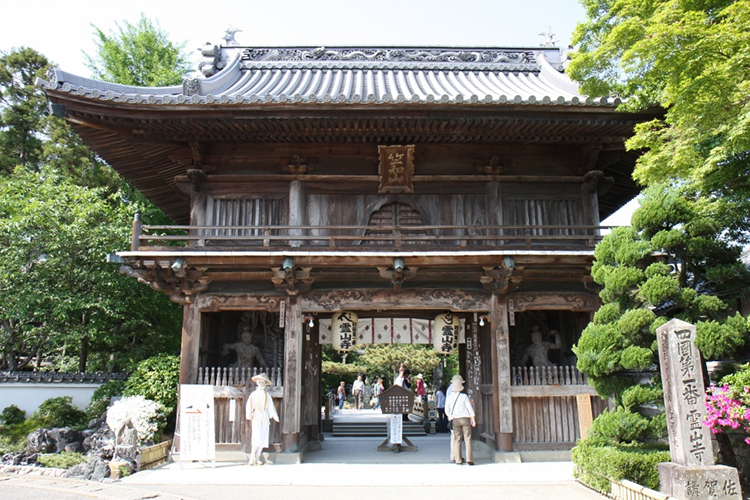
Known as "Ichiban-san," this is the starting point of the 88 temple pilgrimage in Shikoku, which follows the path of the legendary monk, Kobo Daishi. It is a popular route, and you can see pilgrims.....read more
-
- Roadside Station Kurukuru Naruto
-
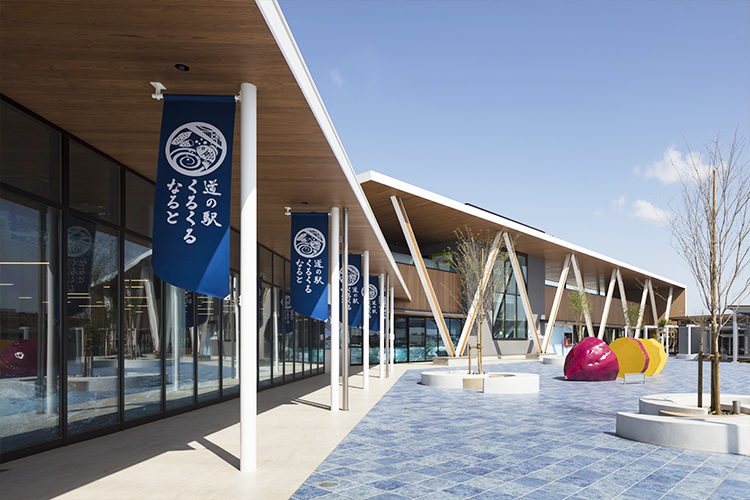
Inside this facility, we are developing shops and restaurants where you can enjoy agricultural products marche, specialty gourmet and sweets, with the theme of "regional specialties" such as Naruto.....read more
-
- Myokensan Park
-
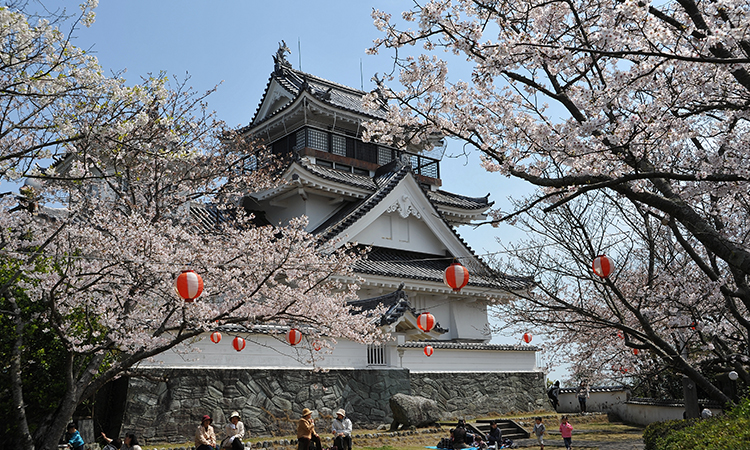
The park uses the castle ruins of one of the former Nine Castles of Awa, Muya Castle. The site is also known as a great cherry blossom viewing spot, and the flower viewing season in spring attracts.....read more
-
- Otsuka Museum of Art
-
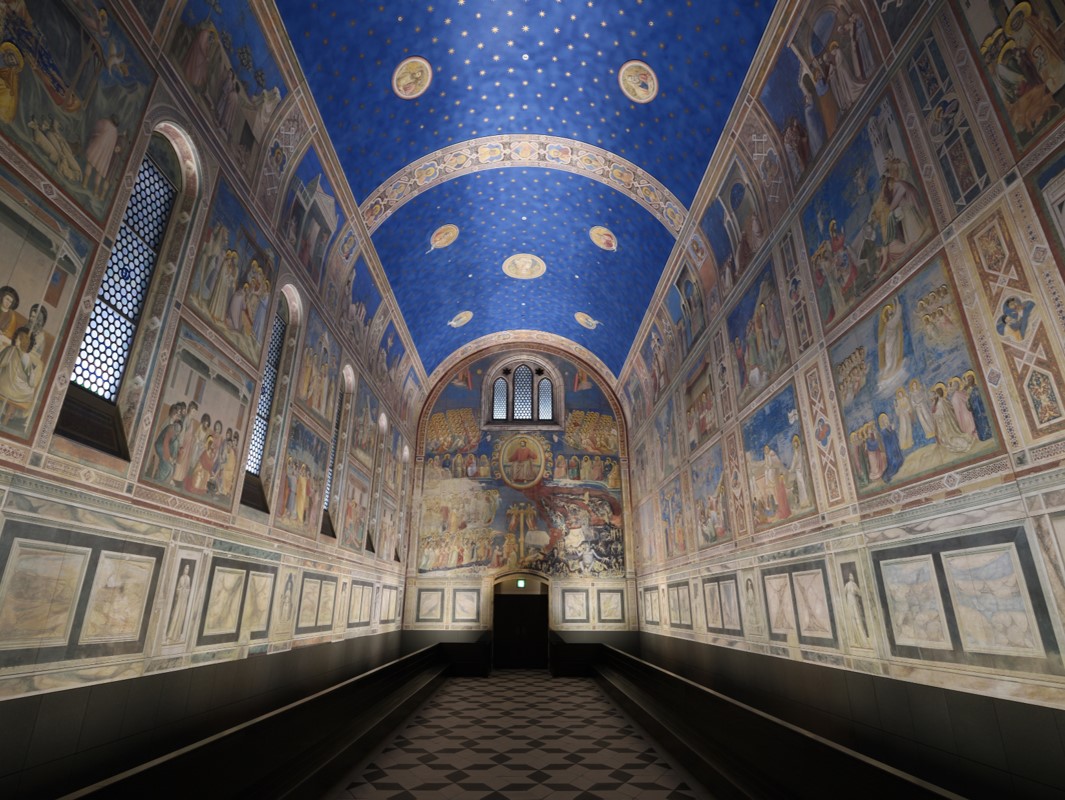
This porcelain masterpiece art museum is the largest in the country and unparalleled in the world. It has a permanent exhibition area of about 30,000 square meters and a 4km viewing route. There a.....read more








